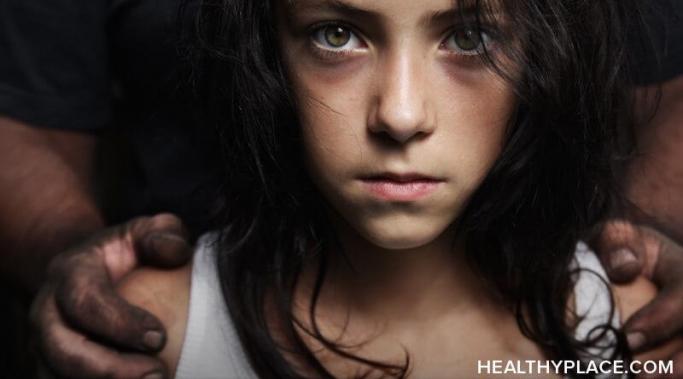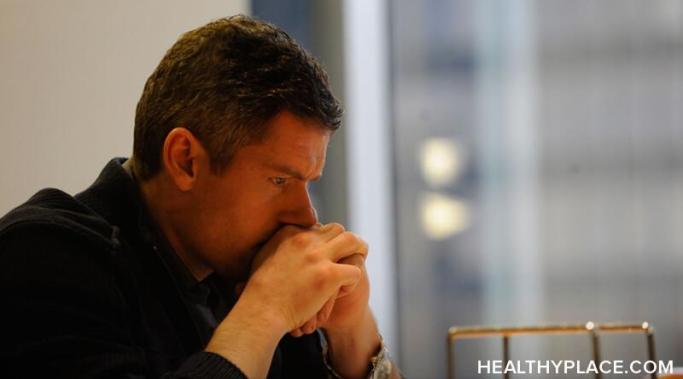Blogs
Do you need some mental health encouragement? Watch this video.
I was a victim of intrafamily sexual childhood abuse. I was three years old when my teenage cousin began sexually abusing me. It would start with a game of truth or dare, during which he would make me expose myself, touch him, and allow him to touch me. It continued for two years. Finally, our parents discovered one of these "games," and put an end to it. But we continued to attend the same holiday parties and family gatherings. I dreaded our meetings my whole childhood. These are the ways it impacted my relationship with my family and the things I wish my family had done differently.
September is Suicide Awareness Month, and in honor of that, I want to share my experience with feeling semi-suicidal. My hope is that other people who have occupied this awful in-between space will understand that what they're going through is very real, and someone else has been there too. (Note: This post contains a trigger warning.)
The stigma related to suicide is often thought of as a uniform idea, but it's important to think about the different ways it manifests so we can better understand how to approach it. Does it look different for men and women, for instance? And if so, how? (Note: This post contains a trigger warning.)
Suicide from depressed thoughts tragically takes a lot of lives each and every day, and the saddest part is that it can be prevented. From an outsiders perspective, it can be very hard to understand what the thoughts are of someone who takes his or her own life. In this article, you'll get some insight into some of the depressed thoughts behind suicidal ideation. (Note: This post contains a trigger warning.)
This week, I was inspired by the actions and words of Greta Thunberg, a young climate activist from Sweden, to share my mindfulness practice for anxiety. Greta has interacted with numerous world leaders in her pursuit of meaningful climate action and in the process has inspired action by many young people in the United States and beyond.
What are the indicators that an eating disorder has led to suicidal ideation? Are there shifts in mood or patterns of behavior to look for in people who battle this disease? How common is suicide in the disordered eating population, and which signs need to be taken seriously as cries for help or intervention? (Note: This post contains a trigger warning.)
Finding self-love after a traumatic suicide attempt seems like a daunting task. After all, of the many thoughts circling the brain after an event of intended suicide, very few of if any are positive. It's more common to feel fear, shame, and misery. And eventually the question will arise–can I ever learn to love myself after the trauma of a suicide attempt? (Note: This post contains a trigger warning.)
Losing a loved one to suicide is an emotional journey that no one anticipates or knows how to react to. As a personal supporter of National Suicide Prevention Month, I wanted to share some of my valuable lessons and stories that taught me how to combat the natural urge to inflict verbal abuse on yourself and to avoid blaming yourself after the death of a loved one by suicide. (Note: This post contains a trigger warning.)
Suicidal ideation is a concept I've grown to be incredibly close to in my addiction recovery journey. Most people sweep suicidal ideation into the same categories as suicidal thoughts or even suicidal attempts, however, it's not quite the same as either of those. Think of suicidal ideation as the "monster before the monster," it's not quite to the level of building a plan or constructing thoughts together, but it's pretty close. In my addiction recovery, suicidal ideation has been a constant battle to face, and for the longest time, I didn't even know or understand the severity of it. (Note: This post contains a trigger warning.)









